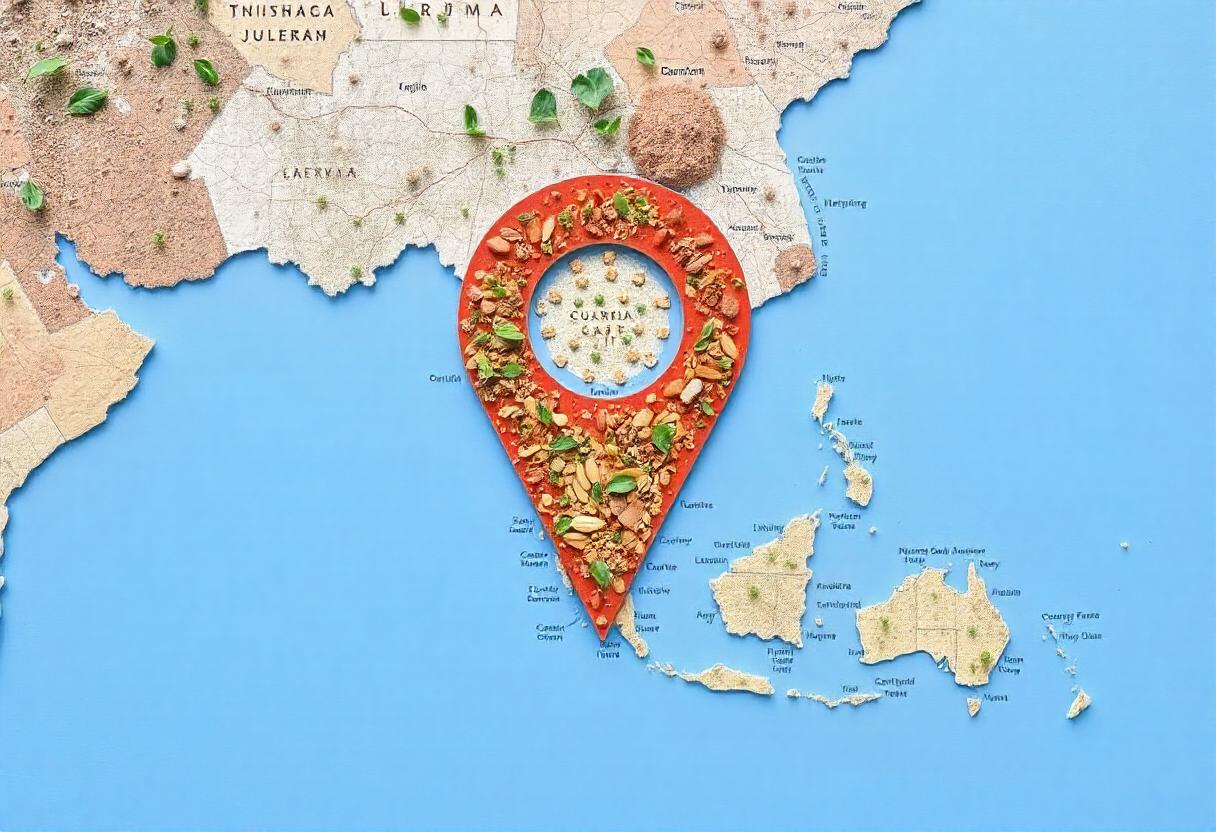
Rural-urban linkages in agriculture refer to the dynamic relationships between rural and urban areas that are essential for the overall development of agriculture and food systems. These connections facilitate the flow of goods, services, information, labor, and capital, which can positively impact both rural and urban economies.
Agricultural Production and Urban Demand
One of the most prominent rural-urban linkages is the relationship between agricultural production in rural areas and food demand in urban centers. As urban populations grow, the demand for food increases, which puts pressure on rural areas to produce more. Rural farmers are often dependent on urban markets for selling their produce, while urban areas rely on rural regions to meet their food requirements.
Labor Mobility Between Rural and Urban Areas
Rural-urban linkages also involve the movement of labor. Many people from rural areas migrate to cities in search of better employment opportunities. This rural-to-urban migration can lead to labor shortages in agriculture, affecting production levels. However, remittances sent back to rural areas by those who have moved to urban centers can contribute to rural development, improving access to technology and infrastructure.
Technological Transfer and Information Flow
Urban centers often serve as hubs for technological advancements and information dissemination. Rural areas benefit from the transfer of technology, which can improve agricultural productivity. The availability of improved seeds, modern farming equipment, and digital tools for monitoring crops are examples of innovations that can flow from urban to rural regions, enhancing agricultural practices.
Infrastructure Development and Access to Markets
The development of infrastructure, such as roads and transportation networks, is another crucial aspect of rural-urban linkages. Good infrastructure facilitates the movement of agricultural products from rural areas to urban markets. It also allows rural populations better access to urban goods and services. This connectivity boosts both agricultural profitability and the quality of life in rural areas.
Financial Flows and Investment in Agriculture
Rural-urban linkages also involve financial flows, with urban areas often serving as sources of investment for rural development. Financial institutions in cities may provide capital for agricultural projects, while urban consumers drive demand for agricultural products. These financial connections can spur rural economic growth and help bridge the development gap between rural and urban regions.
Environmental Impacts and Sustainability
The environmental impact of agriculture is another factor in rural-urban linkages. Urban expansion often leads to the encroachment on rural land, affecting agricultural land use and natural resources. Sustainable agricultural practices are necessary to ensure that rural areas can continue to provide for urban populations without degrading the environment. Rural-urban collaboration is key in promoting environmentally responsible farming techniques and resource management.
Policy and Governance in Rural-Urban Linkages
Government policies and governance structures play a critical role in strengthening rural-urban linkages. Policies that promote balanced regional development, provide incentives for rural investments, and improve rural infrastructure can enhance the flow of goods, services, and people between rural and urban areas. Effective governance ensures that both rural and urban communities benefit from these linkages.
Social and Cultural Exchanges
Rural-urban linkages are not only economic but also social and cultural. As people move between rural and urban areas, they bring with them cultural practices, knowledge, and traditions. This exchange can foster understanding and cooperation between rural and urban populations, enriching the social fabric of both regions.